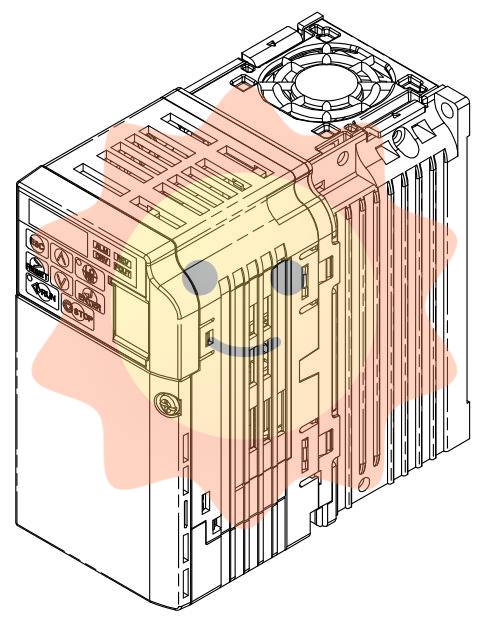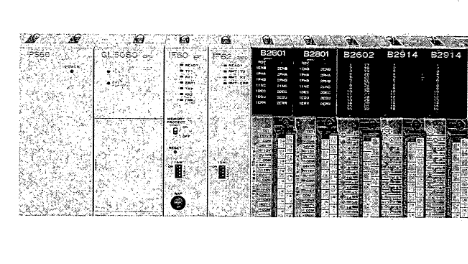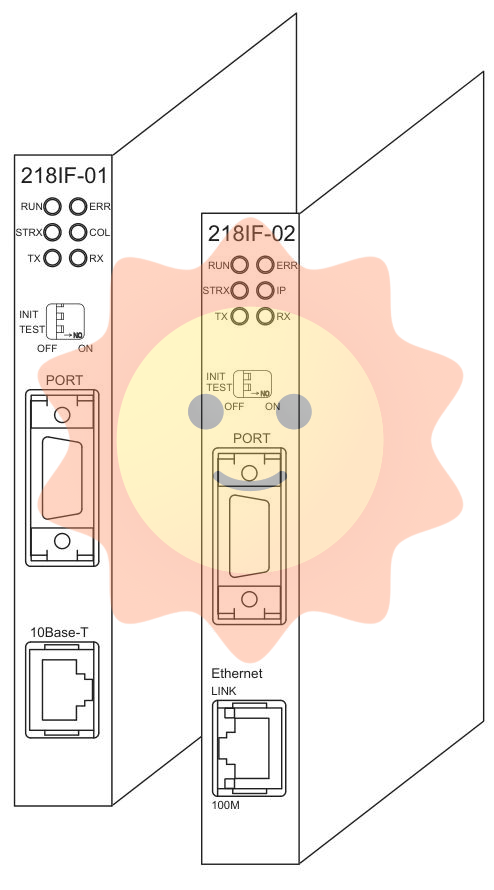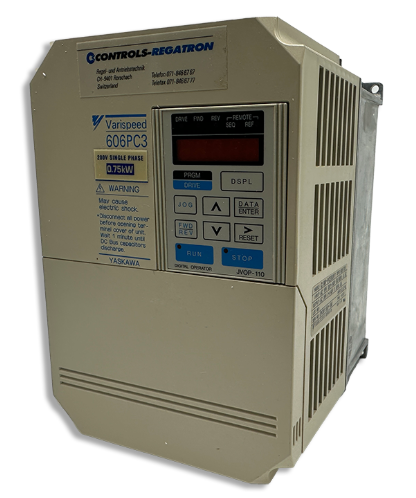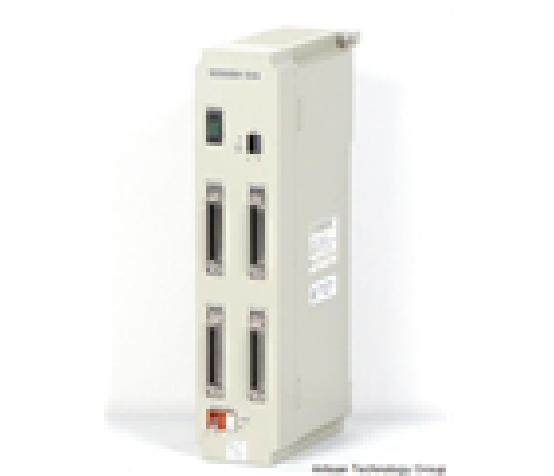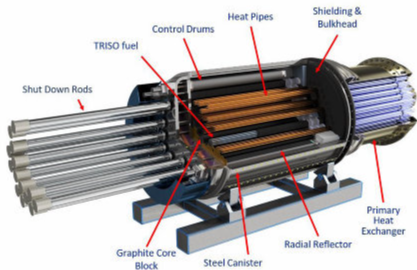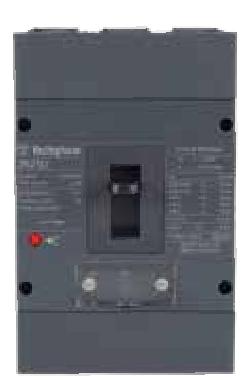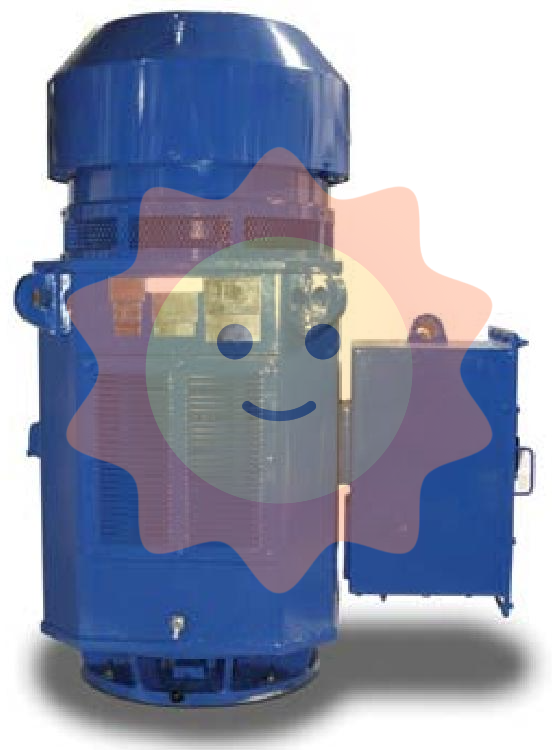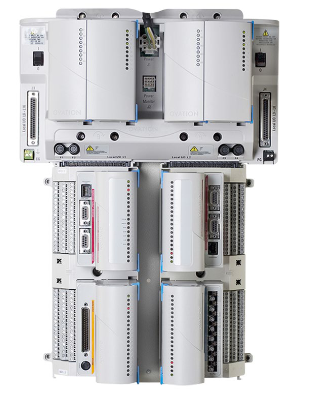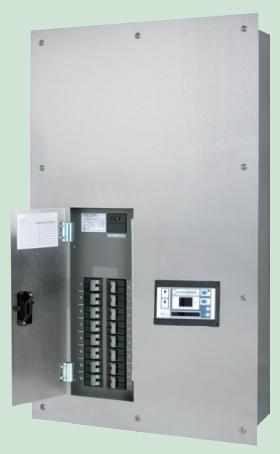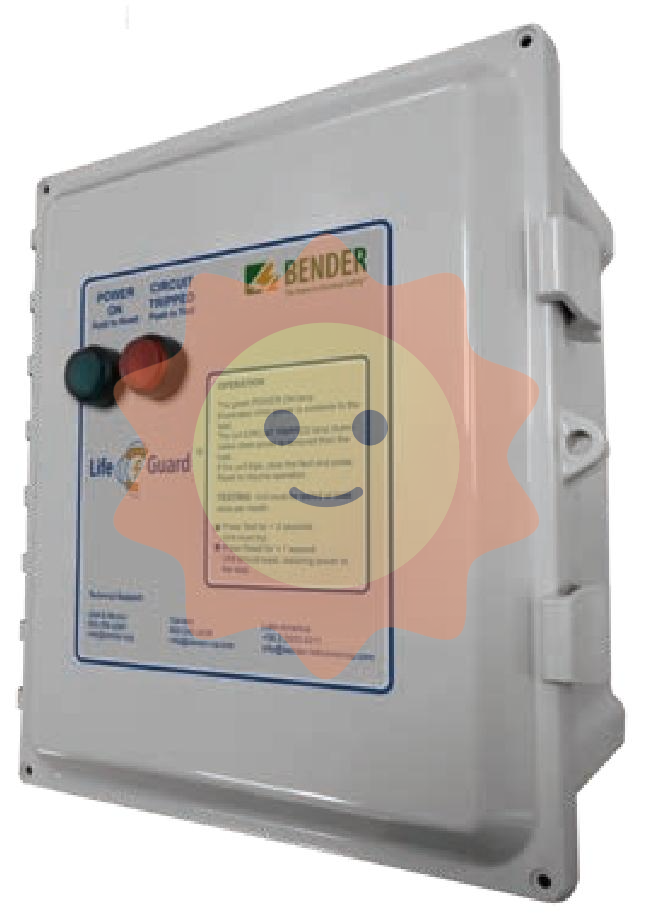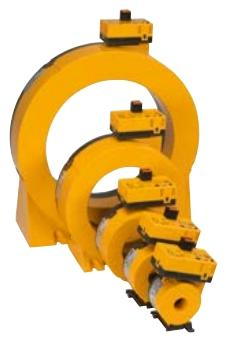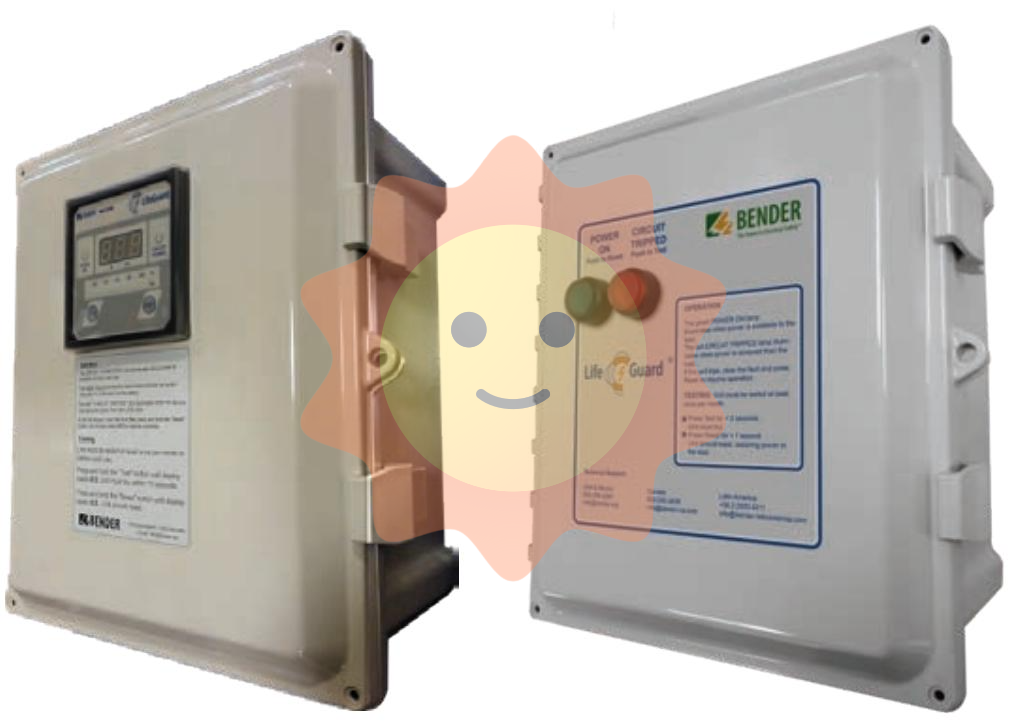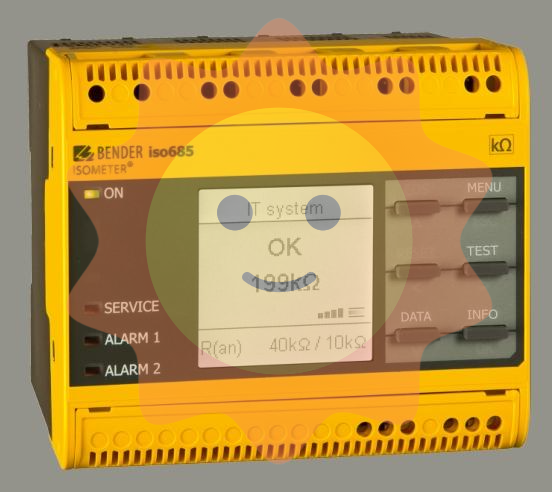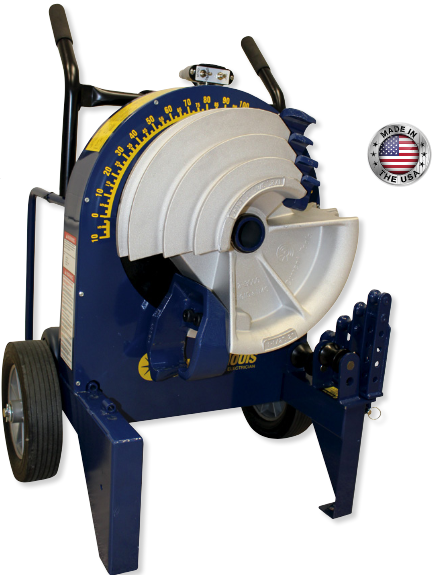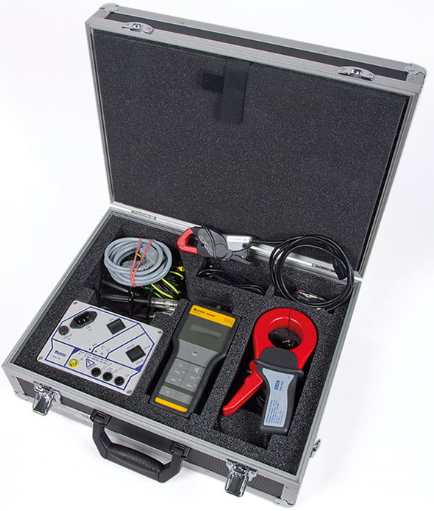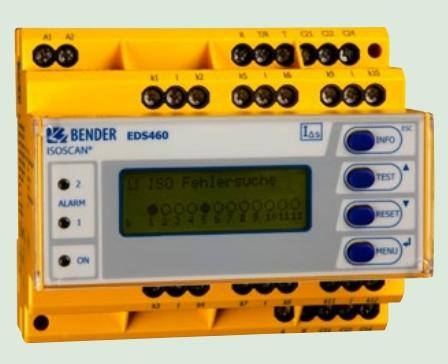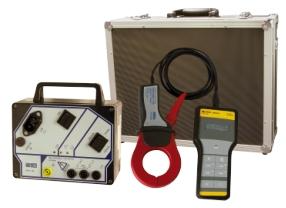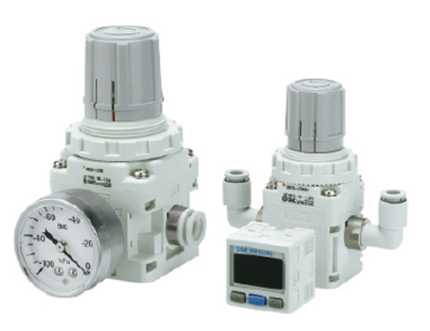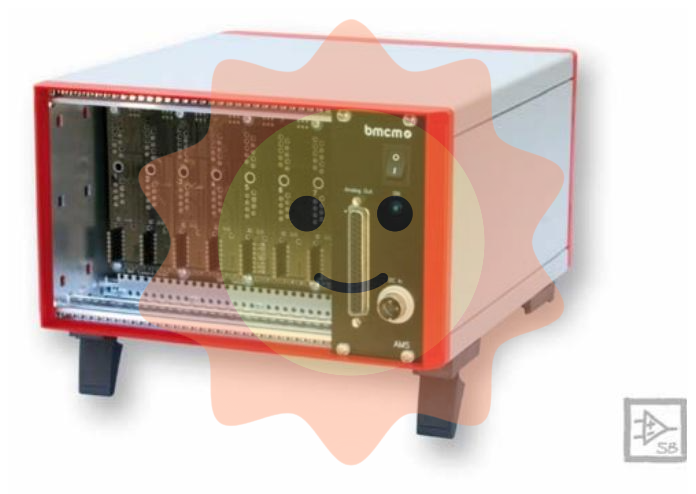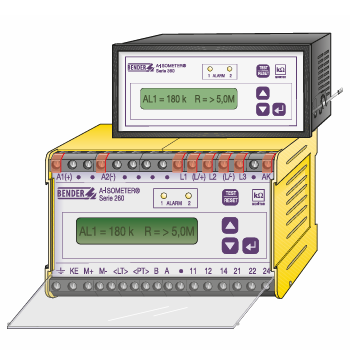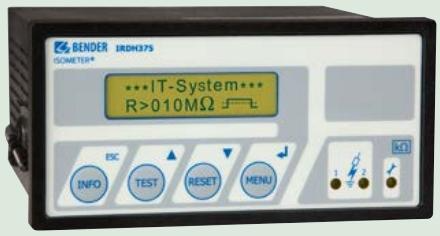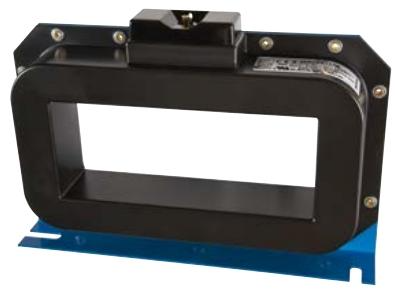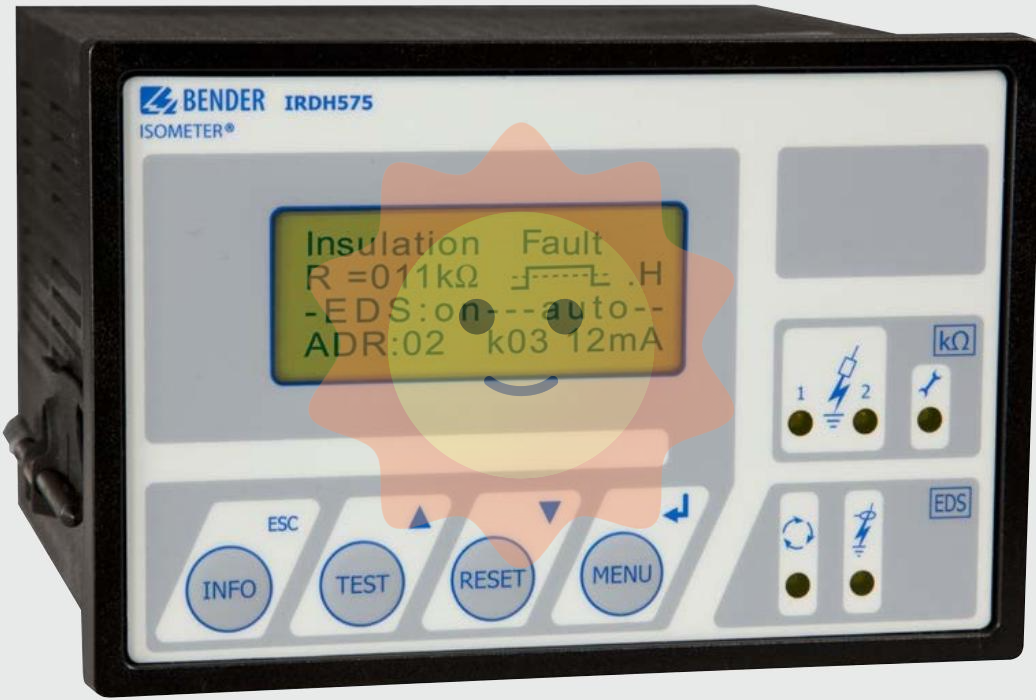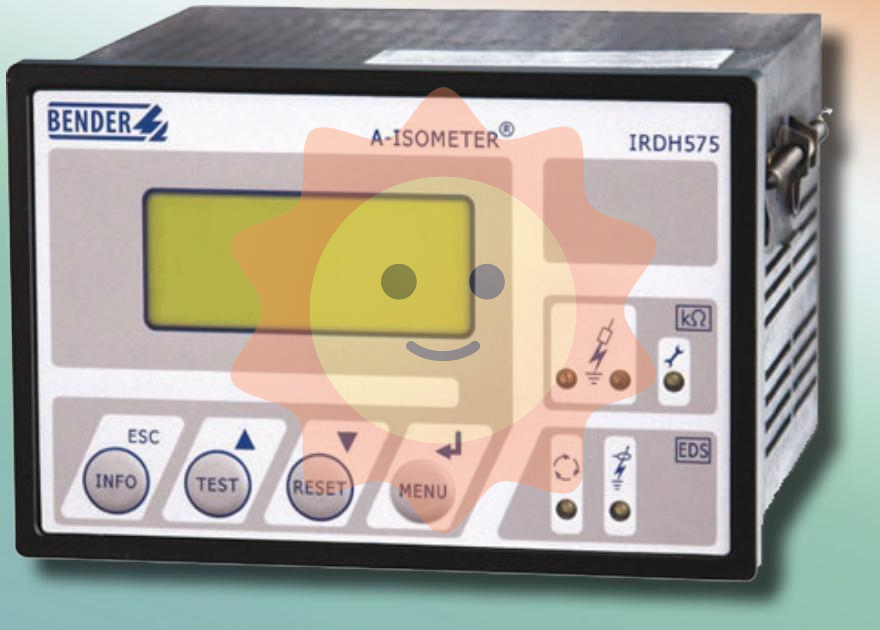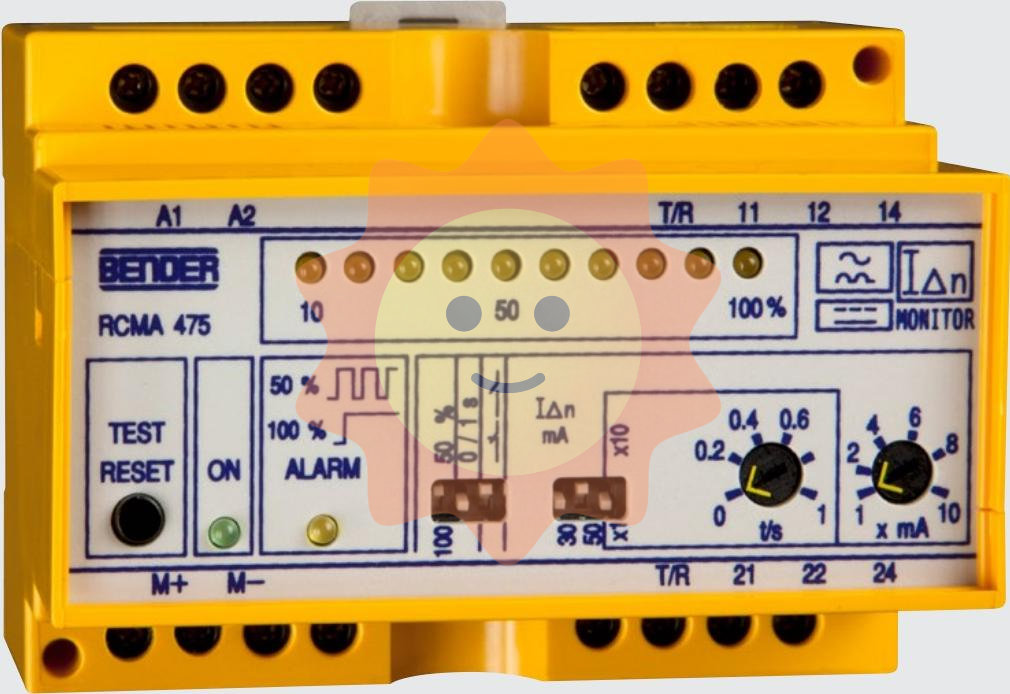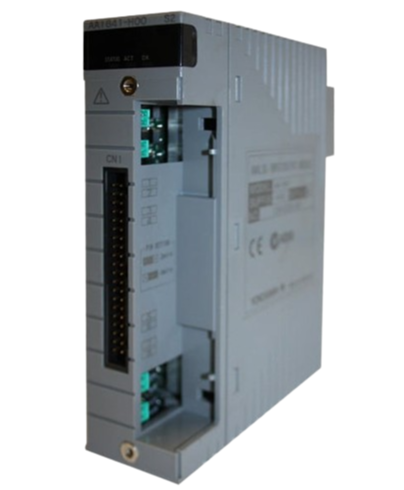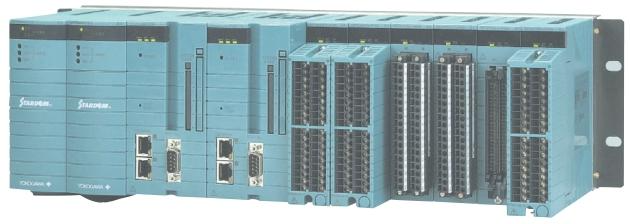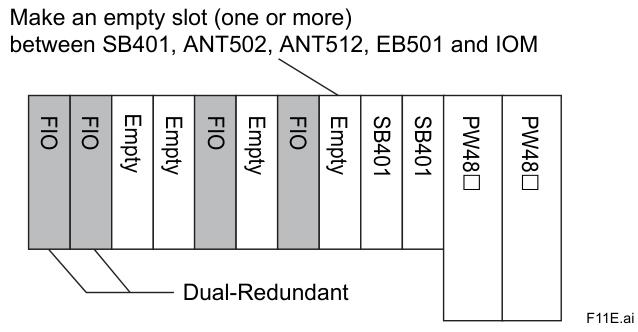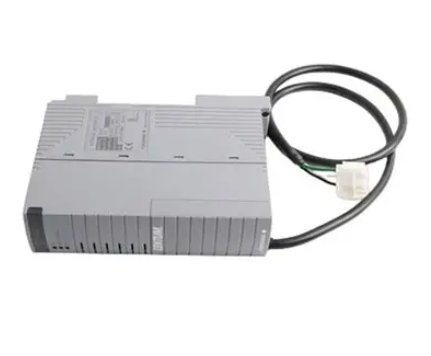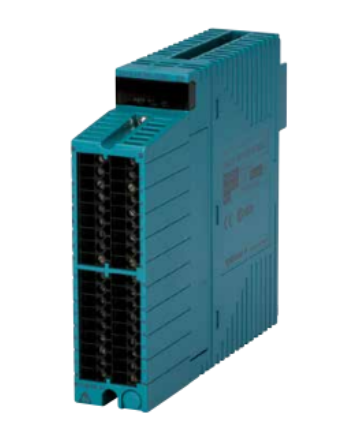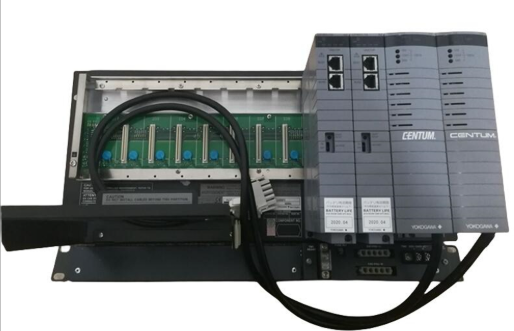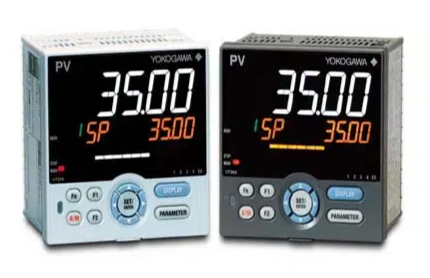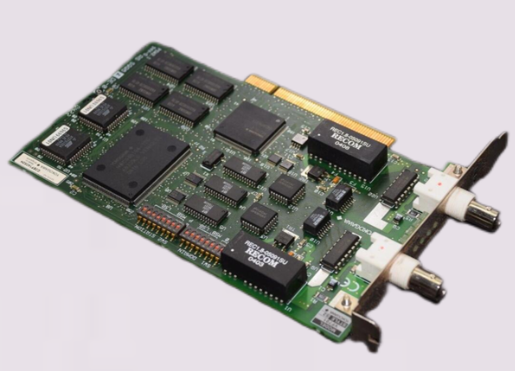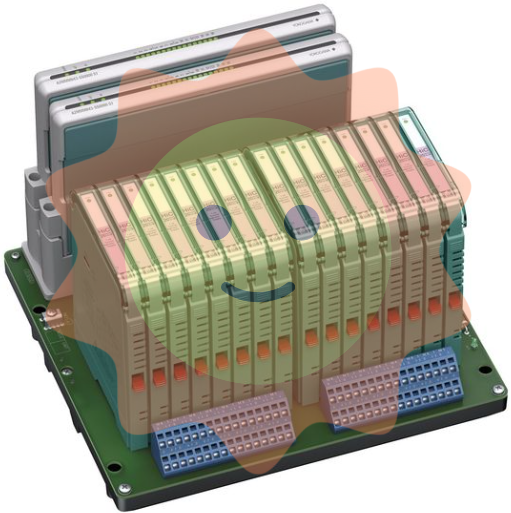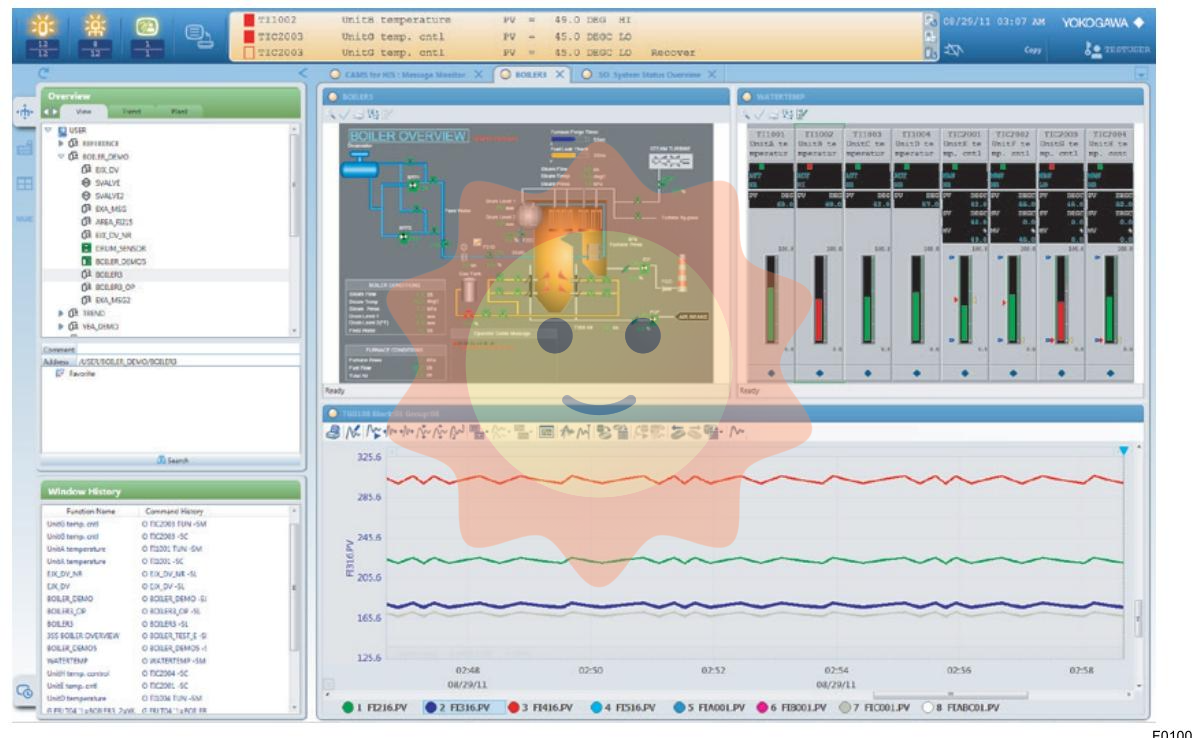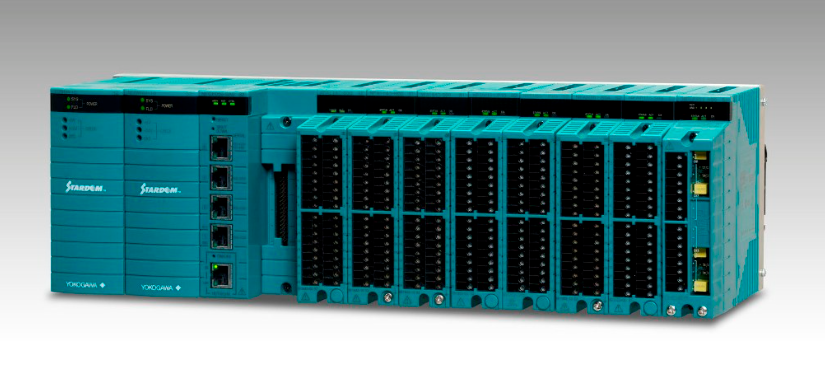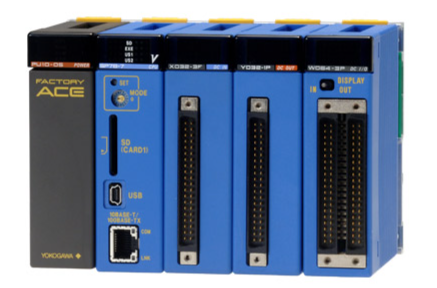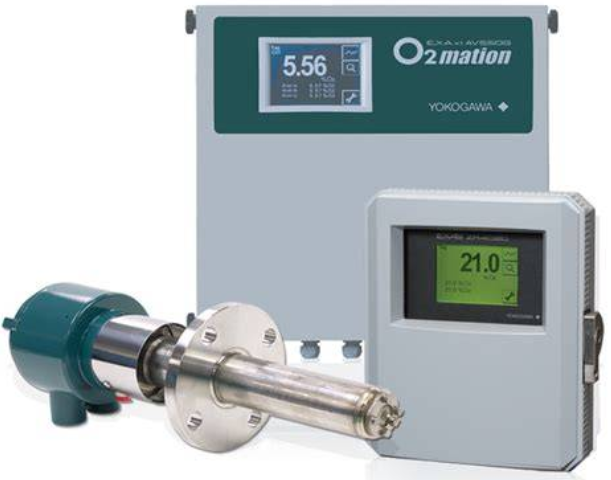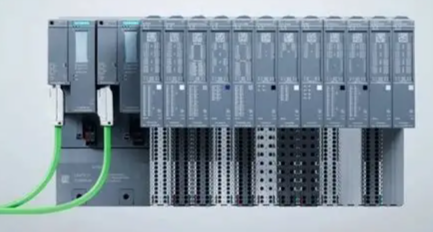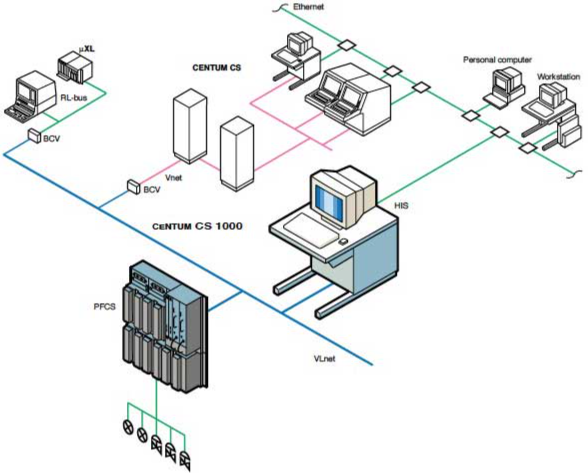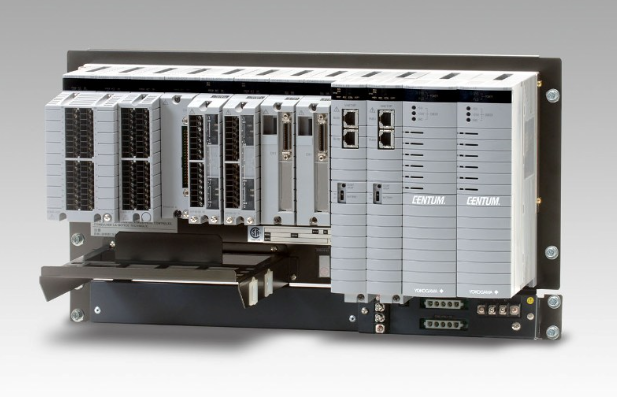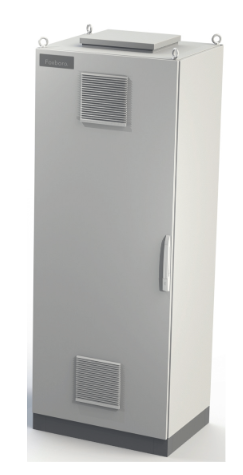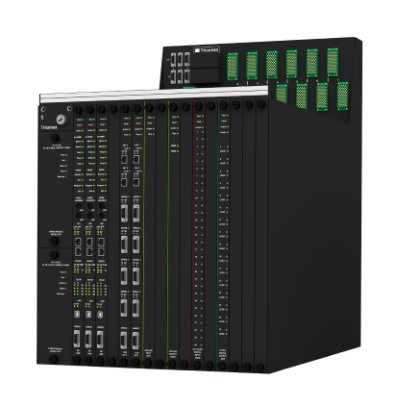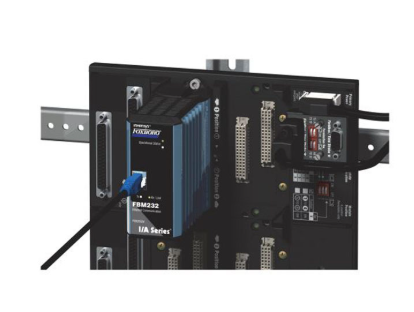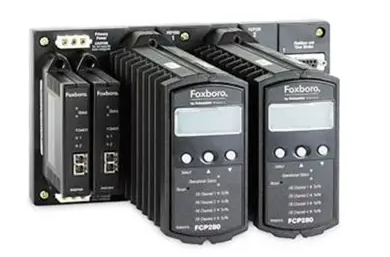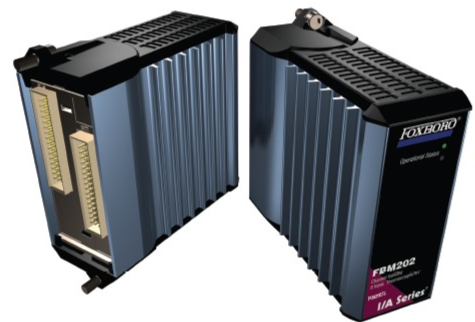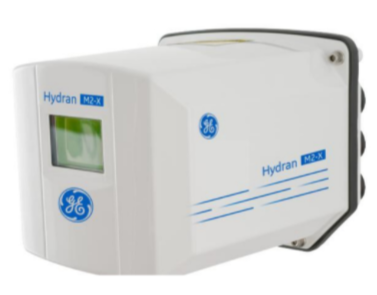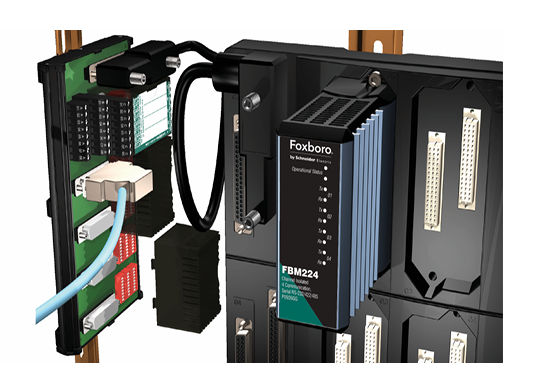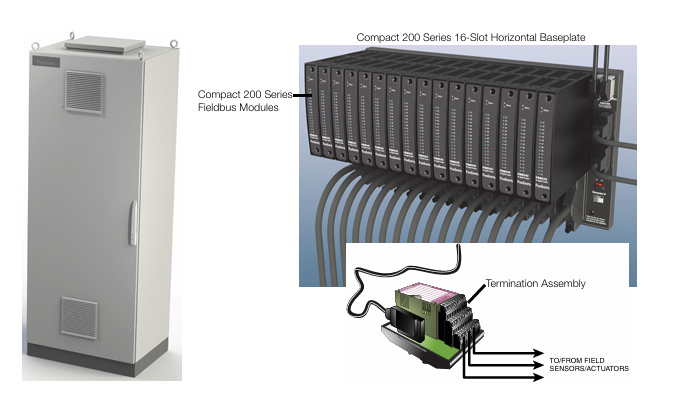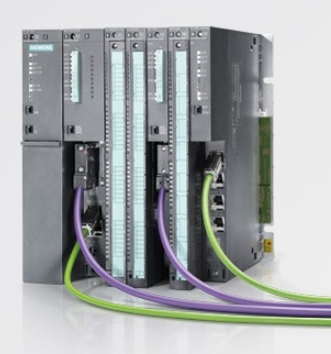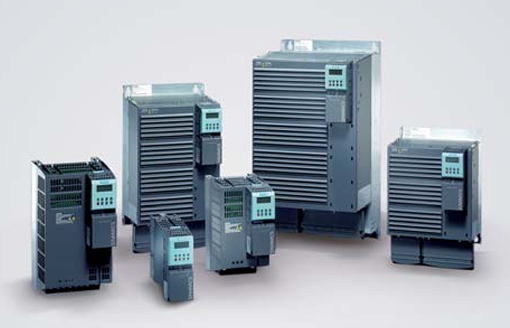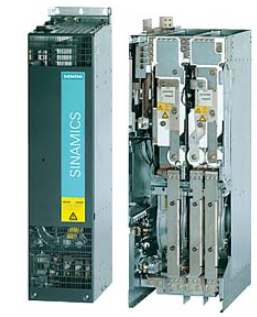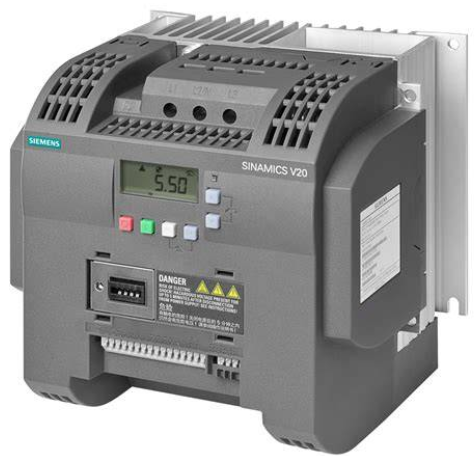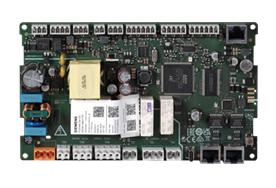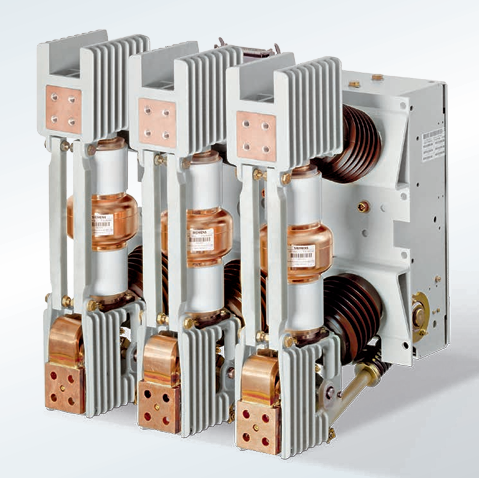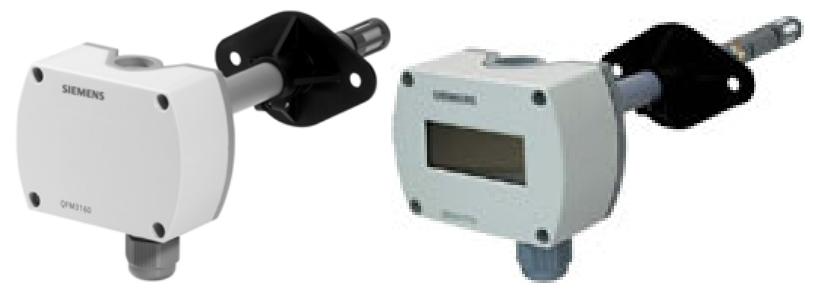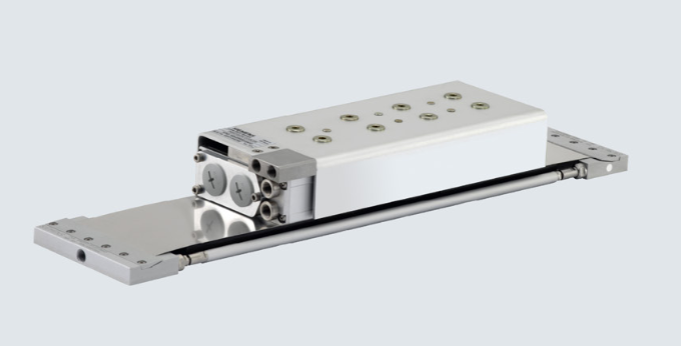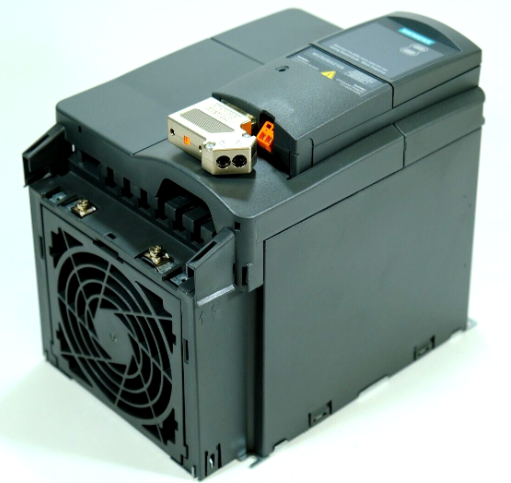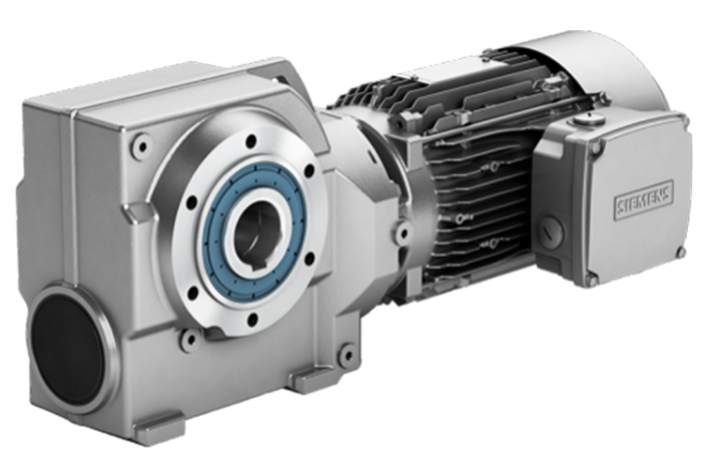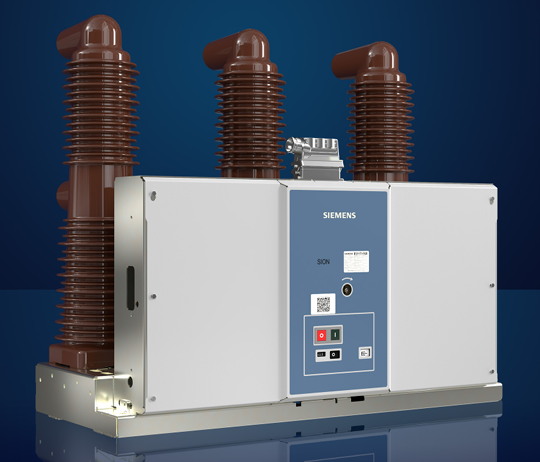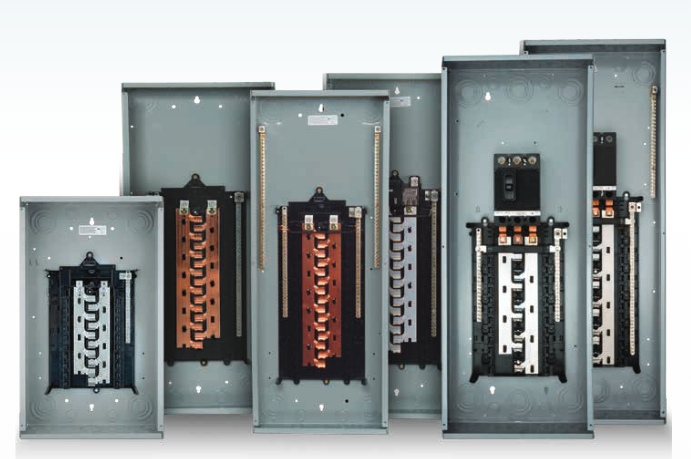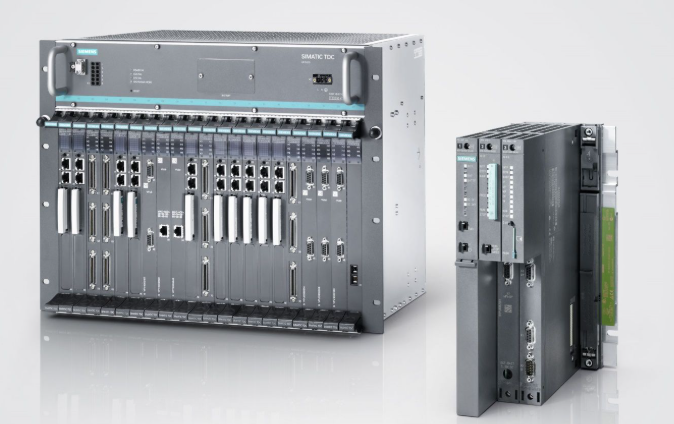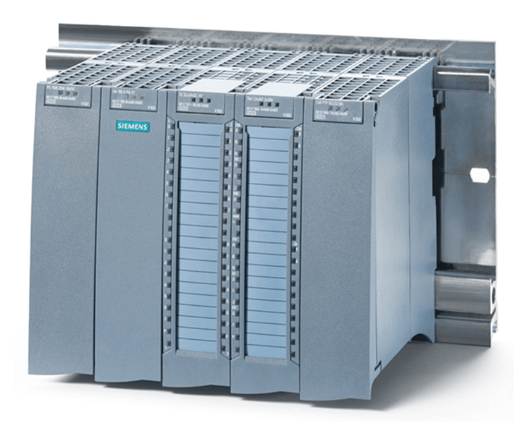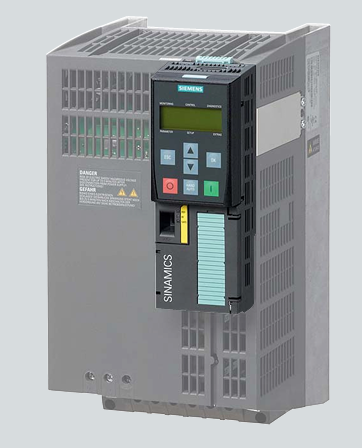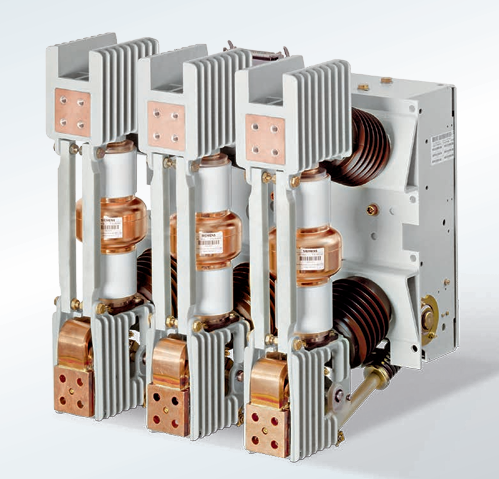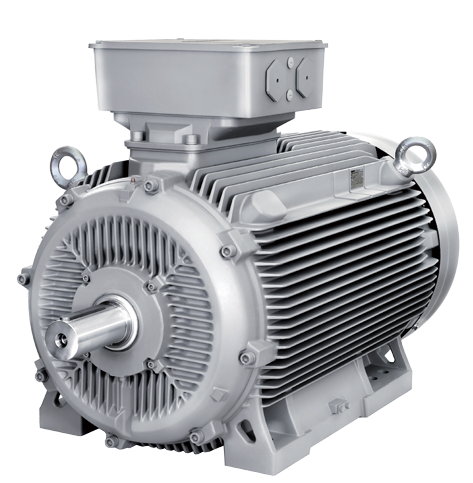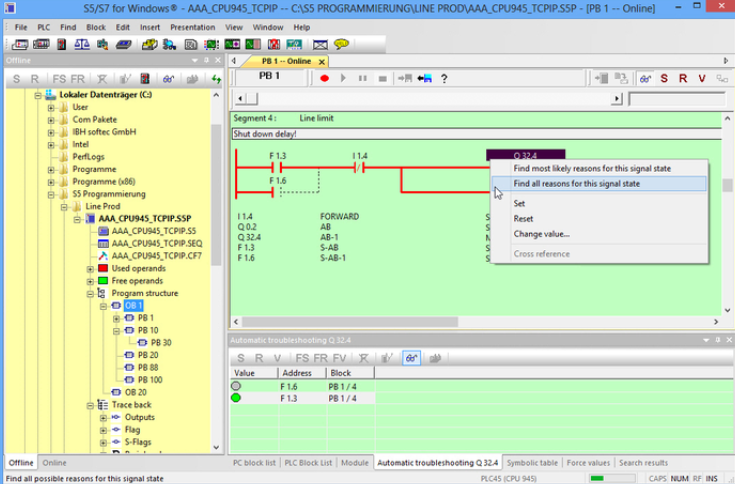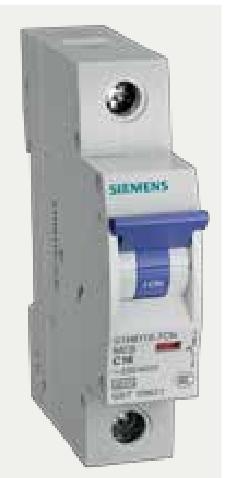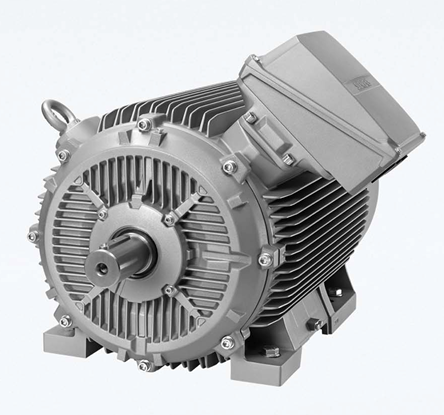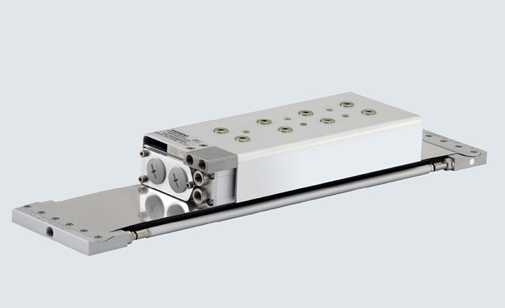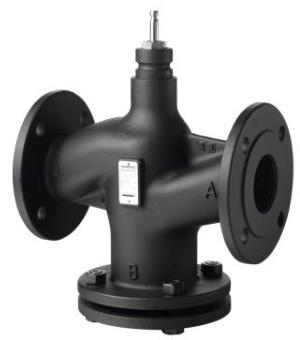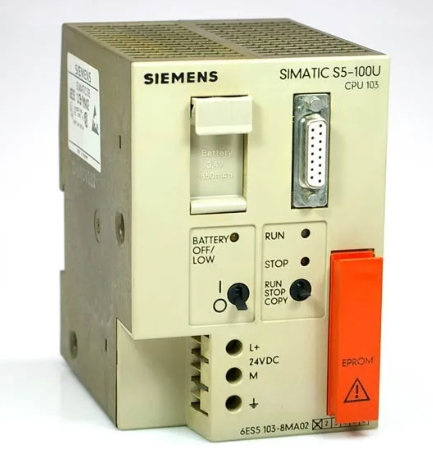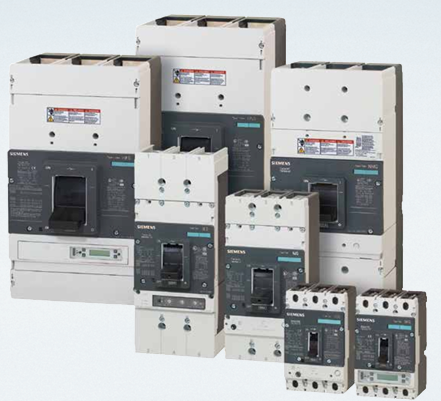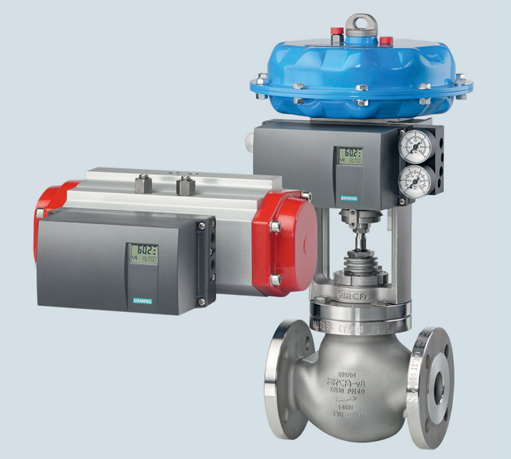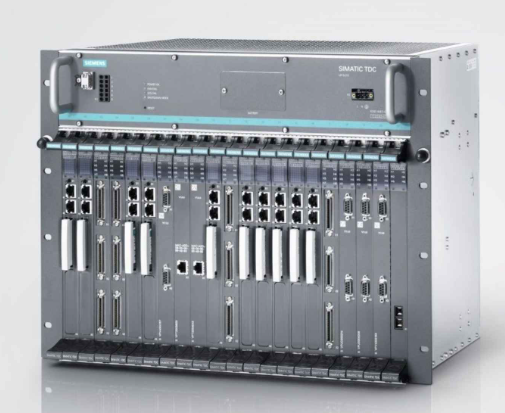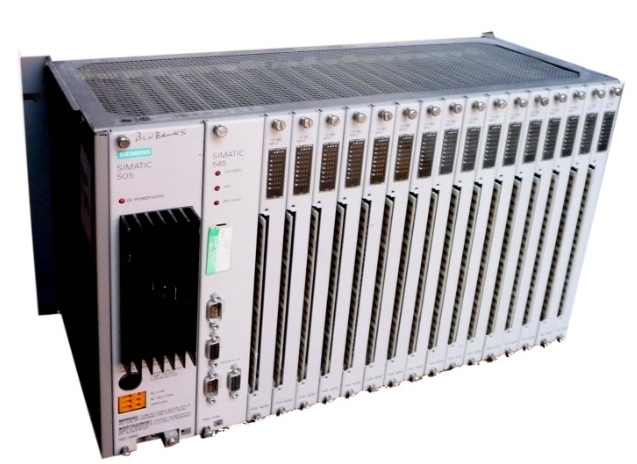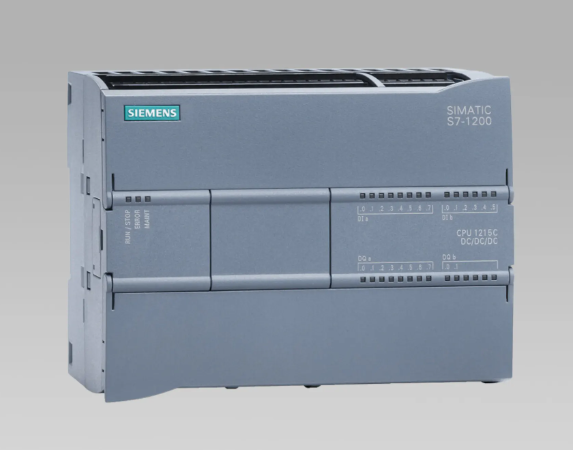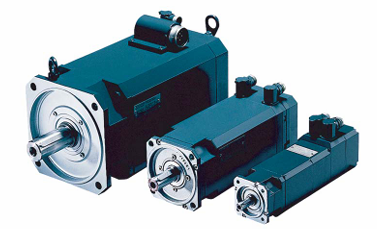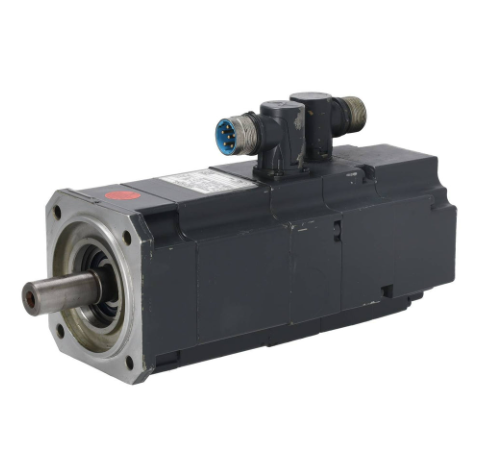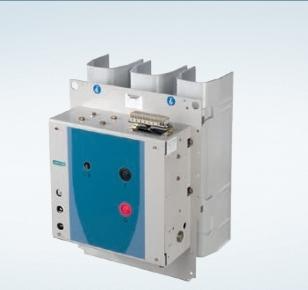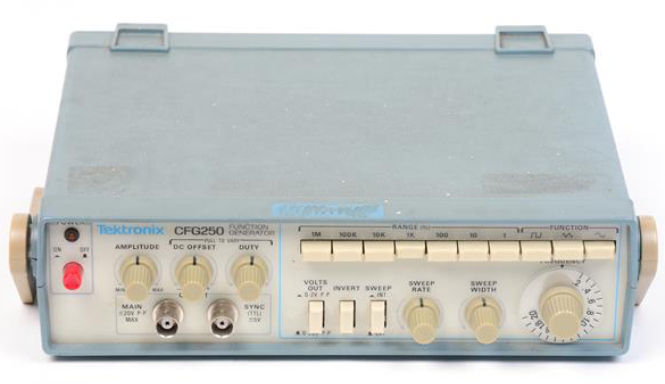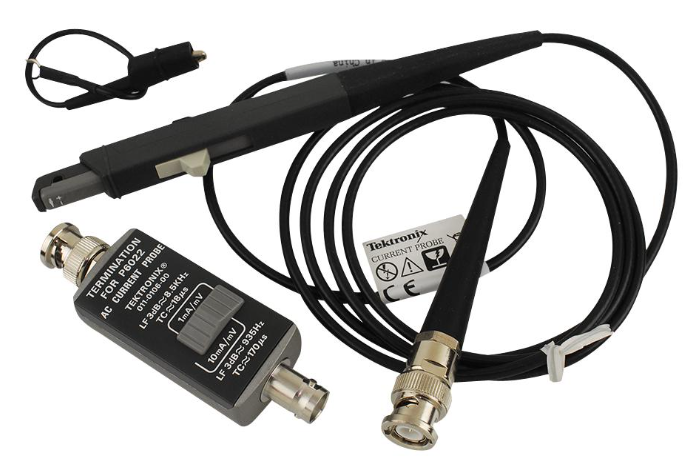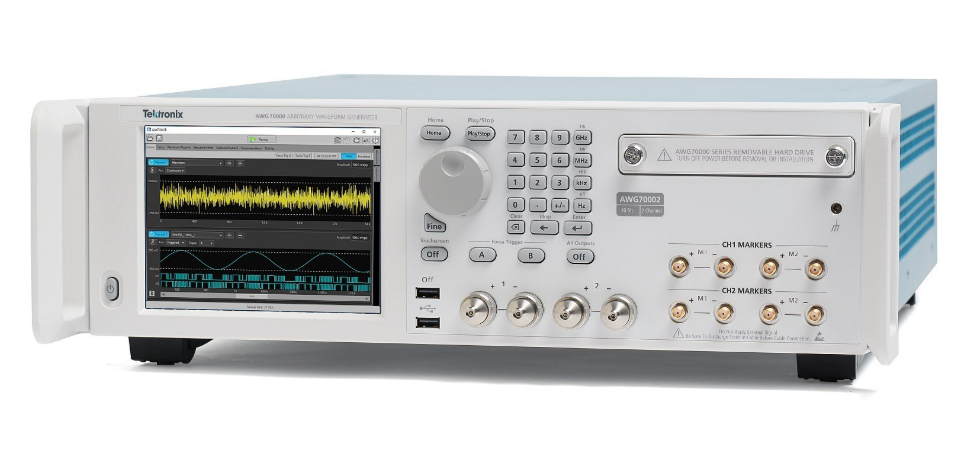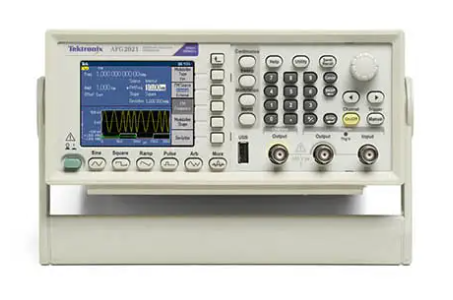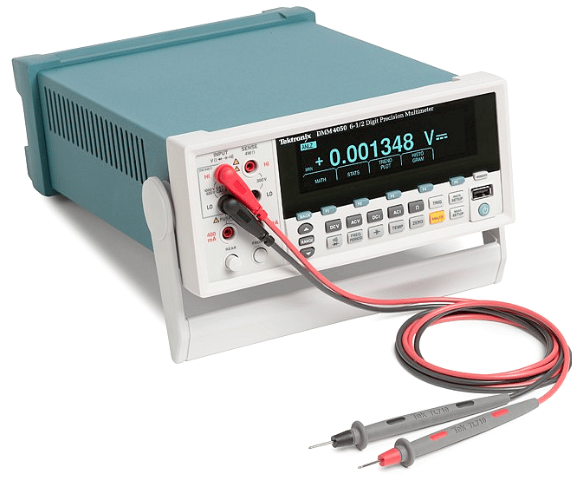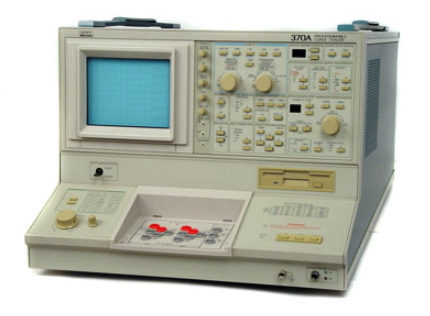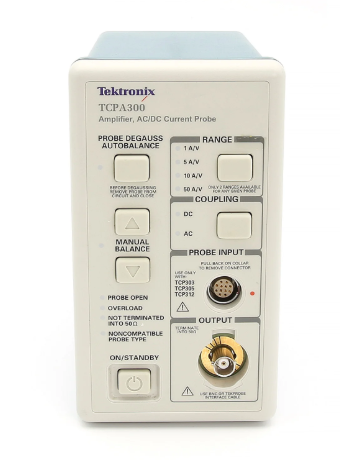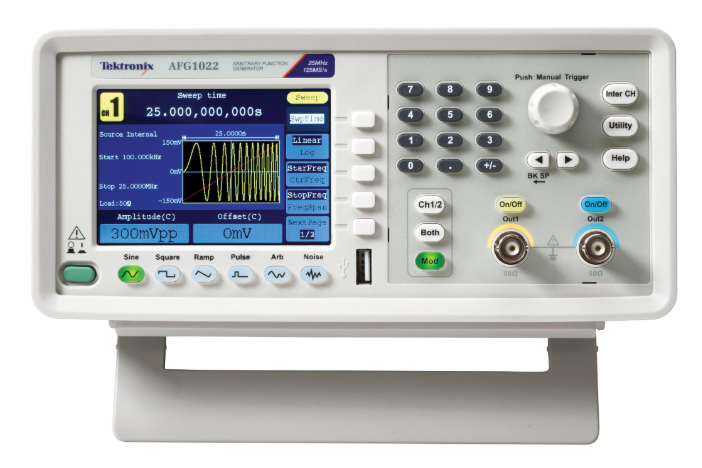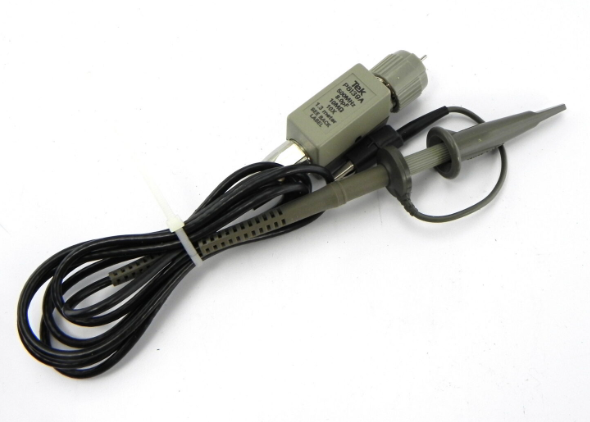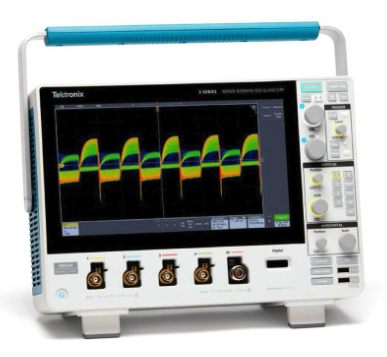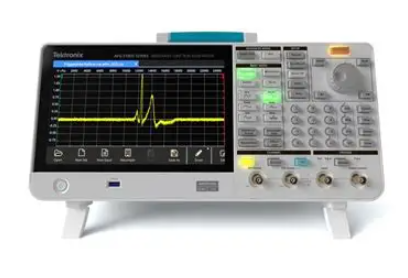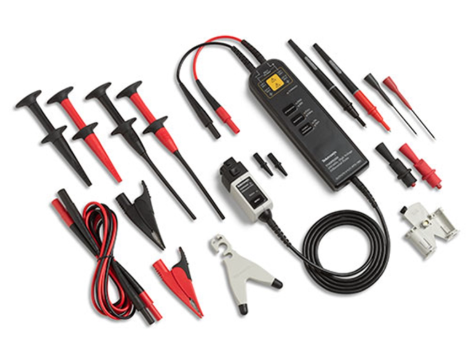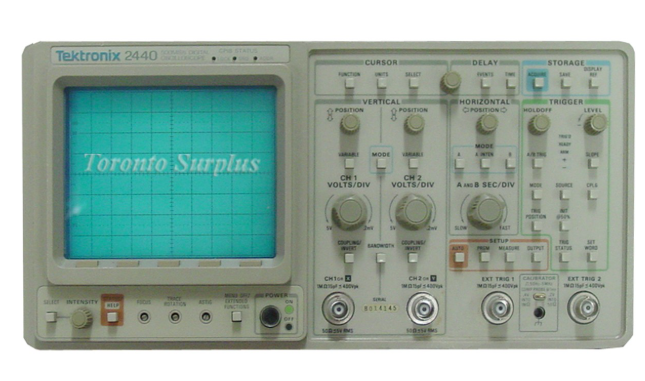GE EPSCPE100-ABAC Excitation control system
GE EPSCPE100-ABAC Excitation control system
INTRODUCTION
This spare part is equipped with a powerful diagnostic system that can quickly detect faults and display them. It supports quick installation, adjustment of control parameters, and personnel training. It can seamlessly integrate excitation control system, turbine control system, static starter control system, integrated control system (ICS), and human-machine interface (HMI), providing users with a comprehensive system solution.
GE EPSCPE100-ABAC Overview
Product Features:
High performance: 1GHz RISC processor with powerful processing capability.
Modular design: Supports a variety of functional modules for easy expansion and integration.
Rich functionality: Supports up to 2048 input/output points, equipped with four Ethernet ports for running real-time deterministic control applications.
Compact design: easy to install and maintain.
Application Areas:
Manufacturing: for controlling production lines, robots, and other equipment.
Electric power: for controlling power generation, transmission, distribution and other systems (including integration and control of excitation control systems).
Oil and gas: used to control oil wells, pipelines, refineries and other devices.
Transport: used to control railway, road, aviation and other transport systems.
Building: used to control lighting, air conditioning, access control and other systems in buildings.
Connection with excitation control system
Although GE EPSCPE100-ABAC itself is not an excitation control system, it can integrate and control the excitation system. In the power industry, the excitation control system is an important part of the generator, which is used to regulate the excitation current of the generator and thus control the voltage and reactive power of the generator.
Integration method:
The GE EPSCPE100-ABAC can be connected to the excitation system through its powerful I/O capabilities and communication interfaces.
Through programming and configuration, the PLC can receive signals from the excitation system and regulate the excitation current according to preset logic and algorithms.
Control Strategy:
GE EPSCPE100-ABAC supports various programming languages, such as ladder diagram, function block diagram, etc., which makes it easy for users to write the control programme according to the actual requirements.
Users can write control strategies, such as PID control, fuzzy control, etc., to achieve precise excitation control.
Monitoring and Fault Diagnosis:
GE EPSCPE100-ABAC is also equipped with monitoring and fault diagnosis functions, which can monitor the operation status of the excitation system in real time.
Once a fault occurs, the PLC can immediately issue an alarm and take corresponding protective measures to ensure the safe and stable operation of the system.
Product Parameters and Specifications
Processor: 32-bit RISC processor
Clock frequency: 100 MHz
Memory: 128MB
Flash memory: 256MB
Communication interface: RS-232/485, Ethernet, etc.
Input/output interface: analogue input/output, digital input/output
Operating temperature: -25°C to +60°C
Storage temperature: -40°C to +85°C
Relative humidity: 5% to 95% (non-condensing)
Protection rating: IP65
Product specification: 300mm x 200mm x 100mm
Installation and Maintenance
Environmental conditions:
Ensure that the module is installed within the recommended temperature and humidity ranges and avoid direct exposure to water, oil, dust or electromagnetic interference.
Power Requirements:
Use a stable power supply to avoid damage to the module from voltage fluctuations.
Signal Cable Connection:
Connect the signal lines correctly to ensure the accuracy and stability of signal transmission.
Software Configuration:
Correctly configure the software parameters of the module according to the system requirements to ensure compatibility with other parts of the control system.
Maintenance and Inspection:
Perform regular maintenance and inspection of the module, including cleaning and checking the contact status of the connectors.
Precautions
Operator Training:
Operators should receive proper operation and maintenance training to avoid malfunctions or safety accidents caused by incorrect operation.
Technical Documentation and Safety Guidelines:
The technical documentation and safety guidelines provided by the manufacturer should be read and understood in detail before installation and use.
Compliance with safety regulations:
Observe all relevant safety procedures to ensure personal safety, especially when handling high-pressure or high-speed rotating equipment.

- User name Member Level Quantity Specification Purchase Date
- Satisfaction :
-









Email:wang@kongjiangauto.com

